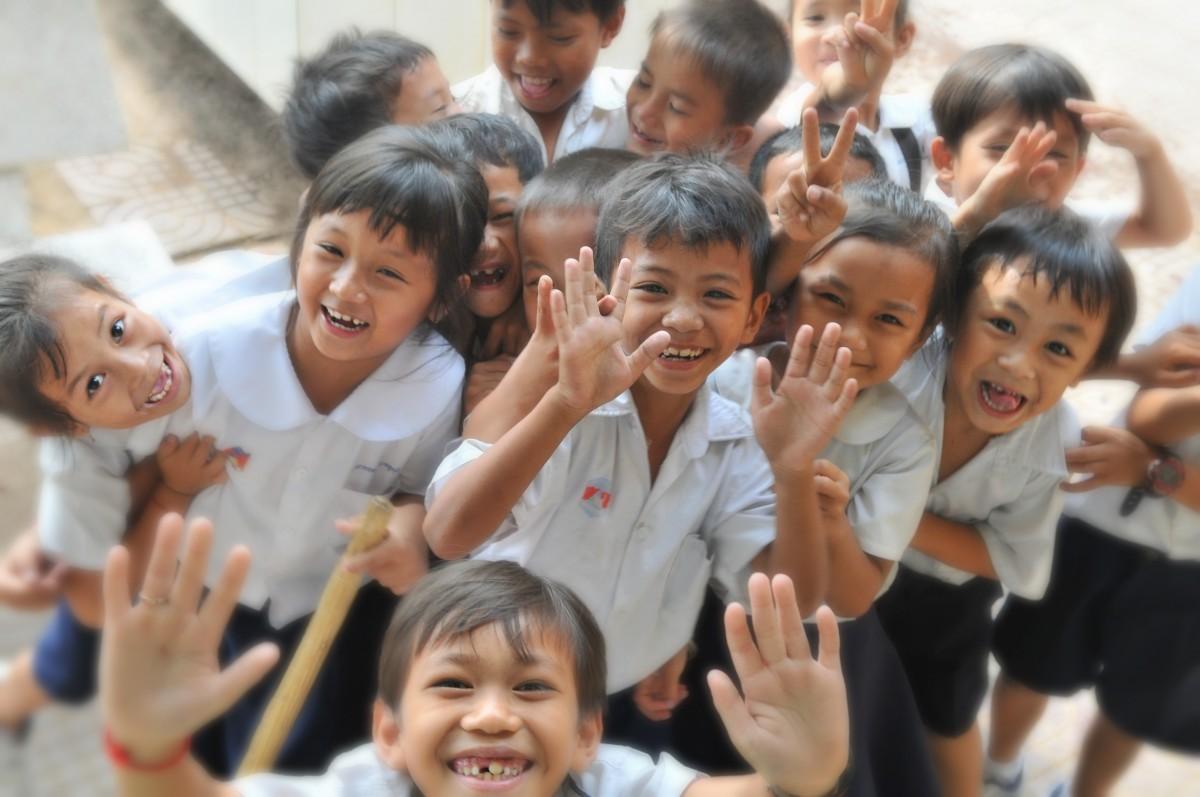Education

Teaching and learning should be adapted to the cultural realities and needs on the ground to help improve the quality of education, together with good-quality infrastructure.
Teacher shortages, staff instability, and insufficient pay for teachers are common challenges in public education sectors across the Pacific, where school attendance is compulsory from the age of 6. Due to a disproportionate number of qualified teachers not all children have the chance to obtain an education and often, by law, children are allowed to leave school either at 14 or after they have completed 8th grade.
Teacher education in the Pacific is often premised on multiple characteristics and constraints present in island societies. Many educators across Melanesia, Micronesia, and Polynesia hope for improvements in terms of salaries, professional development and training, and conditions of employment to reflect high workloads, large class sizes, and daily challenges faced in the classroom. Heritage through professional development could help teachers pay heed to the importance of cultural heritage to pupils and communities.
- Objective
- Strategies
- Outcomes
To improve the quality of education in the Pacific Islands.
Increase the supply of qualified teachers in each of the 19 Pacific Chapters by developing and supporting initiatives that help build teacher capacity and teacher retention among practitioners.
Foster inspiring attitudes and raise awareness on all forms of education, particularly heritage education across 19 Pacific Island Chapters.
Endeavor to help provide support for pre-schools, primary schools, secondary schools, and universities and upgrade their educational infrastructure across PIHF’s geographic scope.
Improved quality of education in target schools within PIHF’s geographic scope (long-term).
Improved teacher performance, retention and general well-being (intermediate).
Enhanced recognition of the inherent value of natural heritage to support quality education (intermediate).
Upgraded educational infrastructure, safe school buildings, and grounds (intermediate).
- Objective
- Strategies
- Outcomes
- To improve the quality of education in the Pacific Islands.
- Increase the supply of qualified teachers in each of the 19 Pacific Chapters by developing and supporting initiatives that help build teacher capacity and teacher retention among practitioners.
- Foster inspiring attitudes and raise awareness on all forms of education, particularly heritage education across 19 Pacific Island Chapters.
- Endeavor to help provide support for pre-schools, primary schools, secondary schools, and universities and upgrade their educational infrastructure across PIHF’s geographic scope.
- Improved quality of education in target schools within PIHF’s geographic scope (long-term).
- Improved teacher performance, retention and general well-being (intermediate).
- Enhanced recognition of the inherent value of natural heritage to support quality education (intermediate).
- Upgraded educational infrastructure, safe school buildings, and grounds (intermediate).
